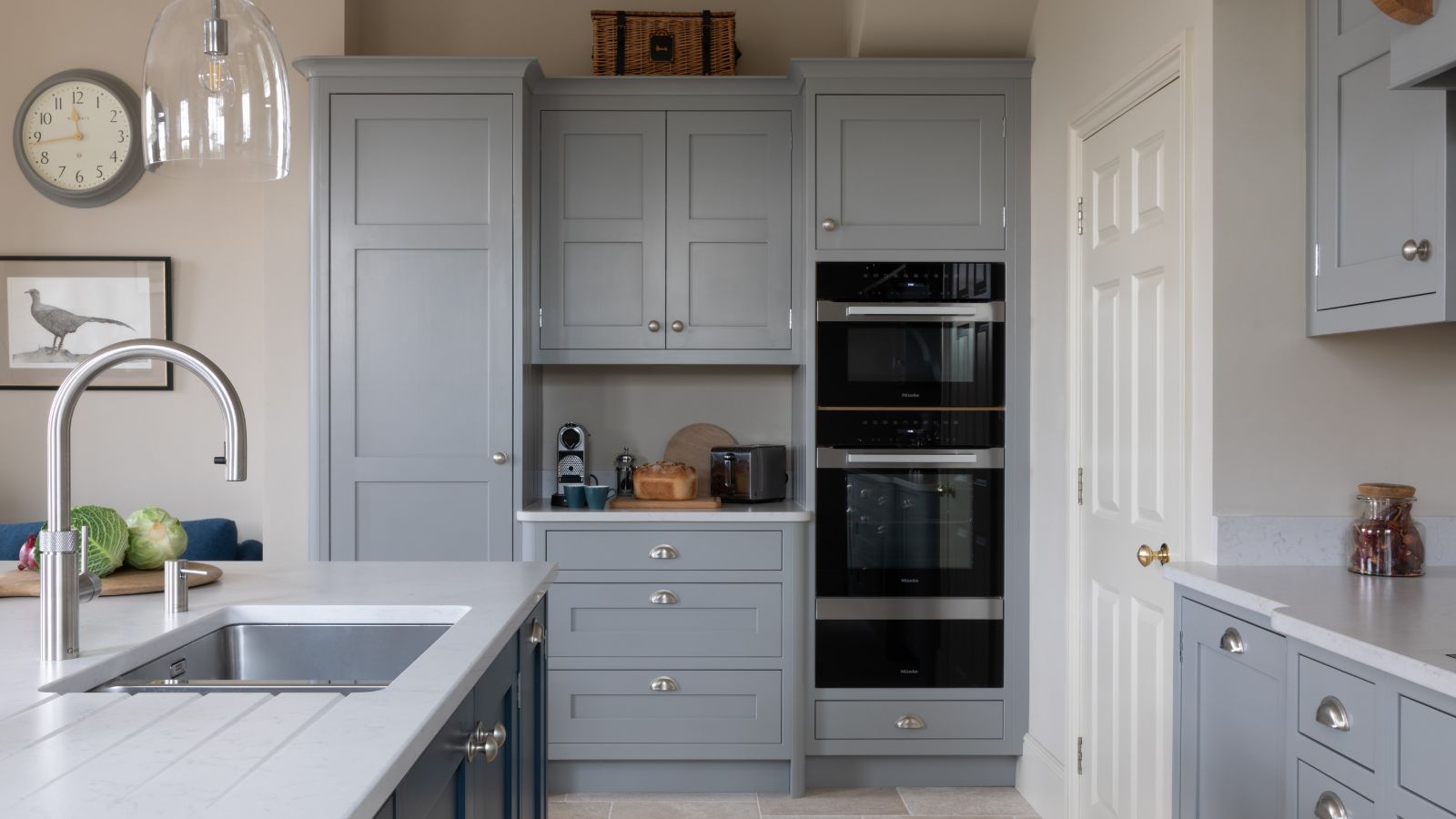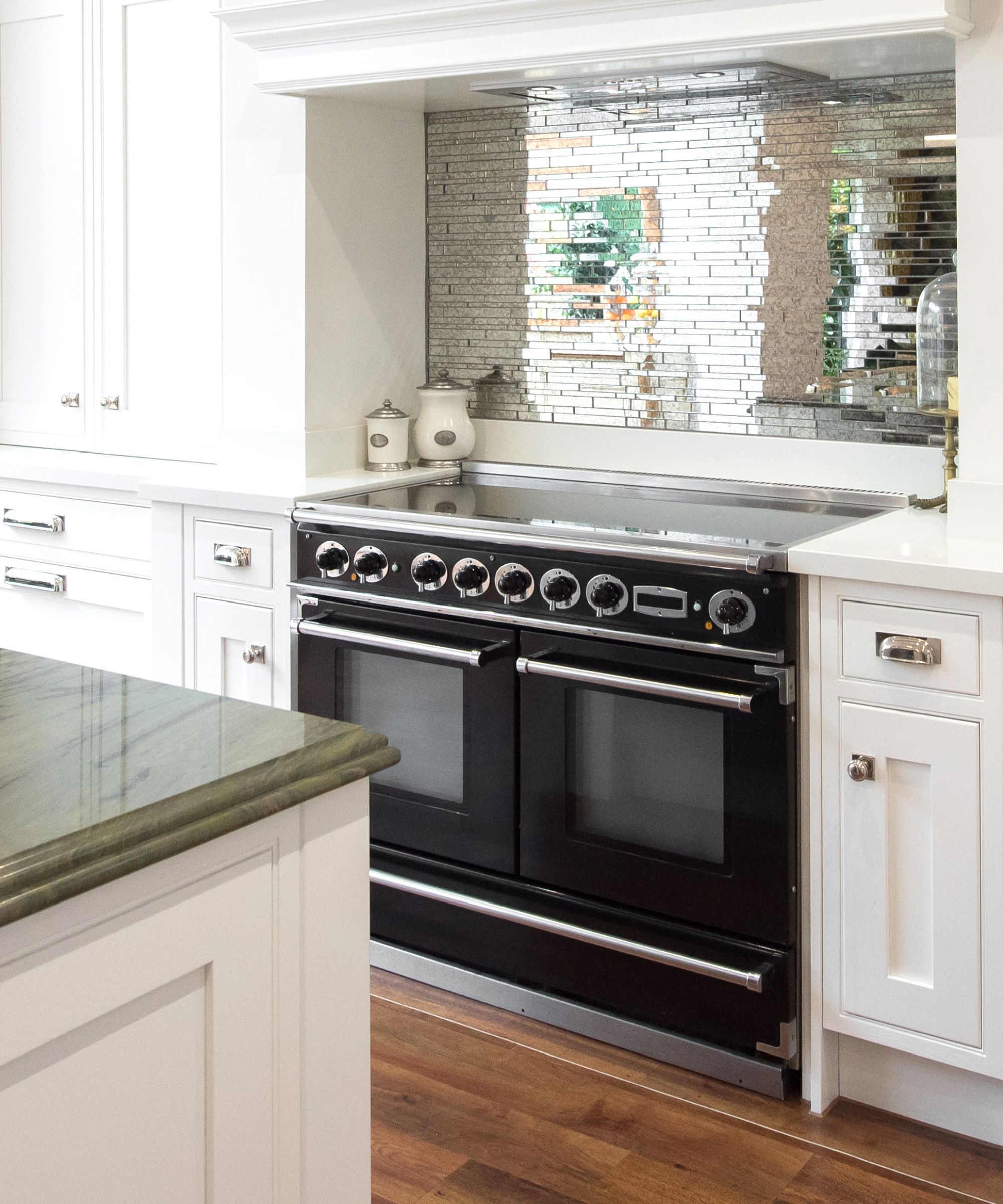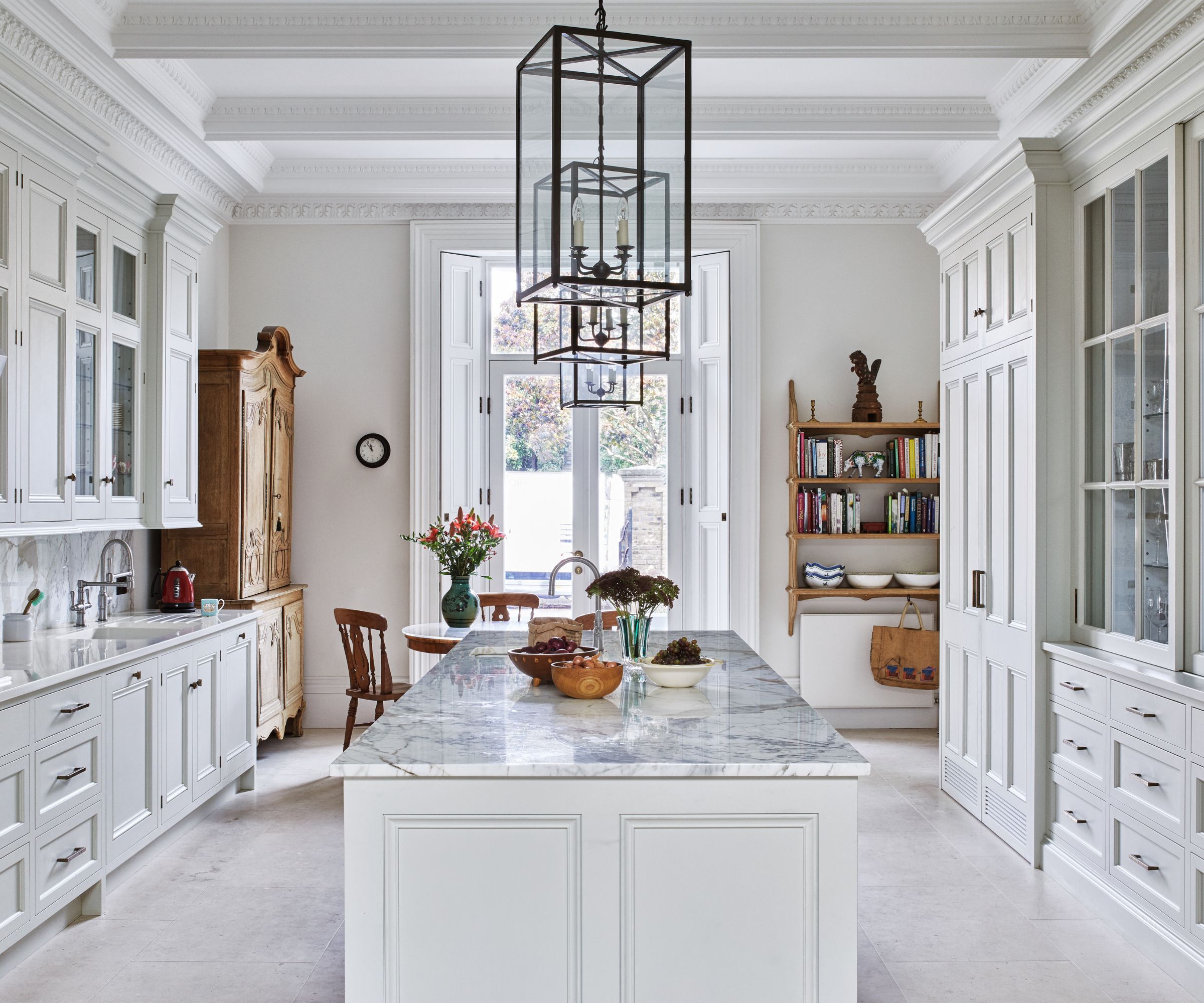What is the bottom drawer of an oven for? Experts explain how to actually use it
This small drawer could be any of three things – and it is worth knowing what it is and how to use it


Let’s face it, almost all of us are guilty of not reading the instructional manual that comes with our appliances – or we never looked them up when we moved into a new place – and have been left wondering what something actually does. This is especially true for odd things like the bottom drawers of ovens.
It turns out that these little drawers can have three different uses, depending on the type of oven you have, the size of the drawer, and the make and model.
Here, professional chefs and appliance experts have explained what the bottom drawer of an oven is for, how to tell which yours is, and how to use it correctly, so you can choose the best kitchen appliances when shopping around.
What is the bottom drawer of an oven for?
Knowing the difference between the three different types of drawers is also an important factor when considering what to look for when buying a range oven, as your cooking style may demand a warming or proving drawer over storage – or you might not want a drawer at all.

1. You have a warming/proofing drawer
One of the easiest drawers to identify is the warming/proofing drawer, as you find controls for it with the rest of your oven or stove buttons. It is perfect for a few things, explains Rosie Elliot, trained chef and recipe developer at Kitchen Appliance Answer.
‘Primarily, it's for keeping your culinary masterpieces warm until you're ready to serve,’ she says. ‘Imagine it as a kind of cozy waiting room for your lasagna or roast chicken, ensuring they remain at the perfect temperature, instead of cooling on the countertop. I liken it to having an assistant chef in your kitchen. No more reheating dishes or timing everything to finish at once.’
You can also use it to help prove dough quickly when making bread, or even just use it to warm up plates before serving to keep food warmer longer on the table for that restaurant experience.

Rosie is a professional chef with experience in Western, Mediterranean, and Italian cuisine who has been cooking professionally for over 15 years.
2. You have an added broiler
If you have had a good look inside your oven’s cavity and are still wondering where the broiler is in your oven, then it is likely to be in the bottom drawer – particularly if your oven runs on gas, suggests Brian Nagele, former restaurant owner and current CEO of Restaurant Clicks, a dining recommendations blog.
‘As with a warming drawer, you should notice that there is a broiler drawer button on your control panel or in the drawer. If in doubt, look inside the drawer to see if there is a rack and drip pan. If so, you probably have a broiler drawer!
‘You can look up your appliance's user guide online to verify and learn how to turn it on properly. Each model can be incredibly different!’
With these drawers, it is important to not store anything inside when you are not using it, as it can damage the internal heating elements, posing a safety hazard if you are unaware of damage when turning it on.
3. It is simply storage
The far less exciting option (unless you have a small kitchen and need a few more kitchen storage ideas) is that the bottom drawer is just that – a drawer.
These will have no controls and no heating elements inside, and will usually have the same interior as any other drawer in your kitchen. Because of this, it is a great space to hold pans and implements needed for baking and roasting like muffin and cupcake tins, pound and bundt cake pans, and pyrex dishes.
If the drawer is a bit larger, your roasting pans have a great spot, recommends Mike Serafino, kitchen planner and owner of Heartwood Kitchens. For any non-stick items, remember to use protective sheets, such as these felt plate dividers from Amazon, between pans when stacking to prevent them from scratching and losing their efficacy over time.
When storing things beneath your oven, try to avoid anything that may melt, such as plastic boards or utensils, as the warmth from your oven above can still warm the drawer up a little, and it is not worth the risk.
FAQs
How long can things stay warm in a warming drawer?
If your oven has a warming drawer it is best to avoid leaving things in there (especially food) for longer than one hour. Food left in any longer can become dry and unappetizing, while plates may become too hot to use, or could even break.
What is the bottom rack of an oven for?
In an oven, the bottom rack is used for roasting and browning – best for foods like roasting meats, pies, and pizzas when you want a crispy bottom that holds its structure when cut. This is usually because this area gets the hottest the quickest, allowing the outside of food to be subjected to direct heat that crisps it up nicely.
The bottom drawer of an oven seems to be more deceptive than it first appears, but it can be a useful kitchen aid when you understand how yours works and how best to use it. If you are ever unsure about which function your bottom drawer serves, check the manufacturer's instructions for more details. You can often find these online if you have lost the original print manual.
Sign up to the Homes & Gardens newsletter
Design expertise in your inbox – from inspiring decorating ideas and beautiful celebrity homes to practical gardening advice and shopping round-ups.

Chiana has been at Homes & Gardens for two years and is our resident 'queen' of non-toxic living. She spends most of her time producing content for the Solved section of the website, helping readers get the most out of their homes through clever decluttering, cleaning, and tidying tips. She was named one of Fixr's top home improvement journalists in 2024.
-
 Are you making the most out of the estate sales in your area? These are the 5 most valuable items you should be shopping for
Are you making the most out of the estate sales in your area? These are the 5 most valuable items you should be shopping forVintage lovers and antique experts share the objects you should always look out for when you're exploring an estate sale
By Eleanor Richardson
-
 How to grow sassafras – for a low-maintenance native tree that can even be planted in shady yards
How to grow sassafras – for a low-maintenance native tree that can even be planted in shady yardsFor an easy-to-grow North American tree, you will not find much better than sassafras
By Thomas Rutter